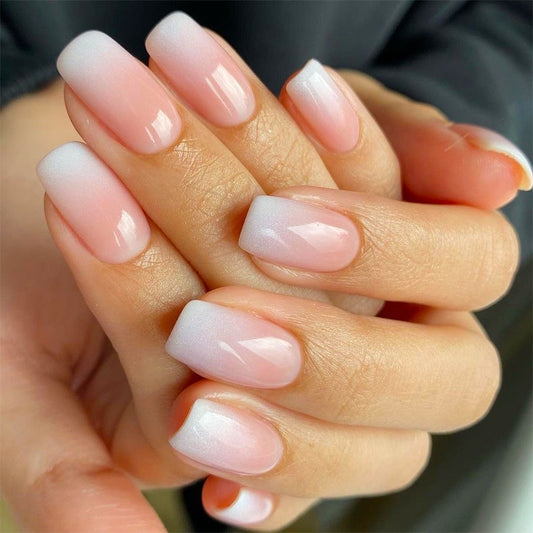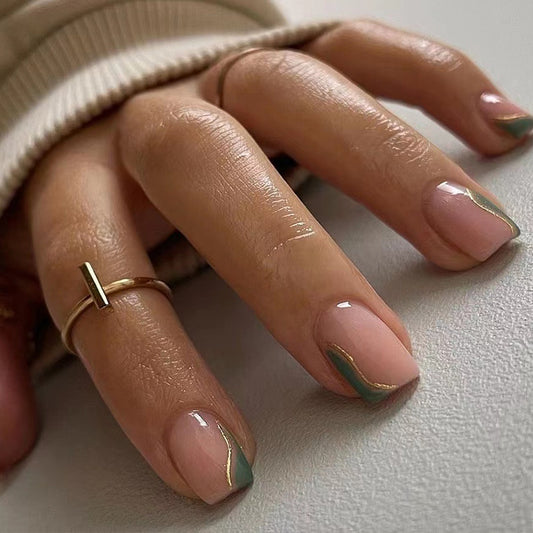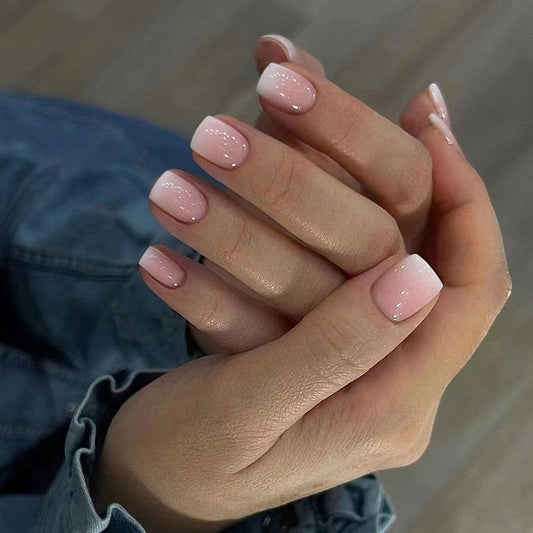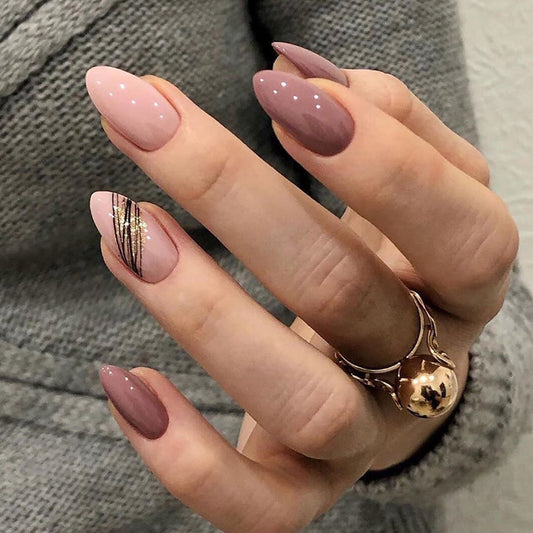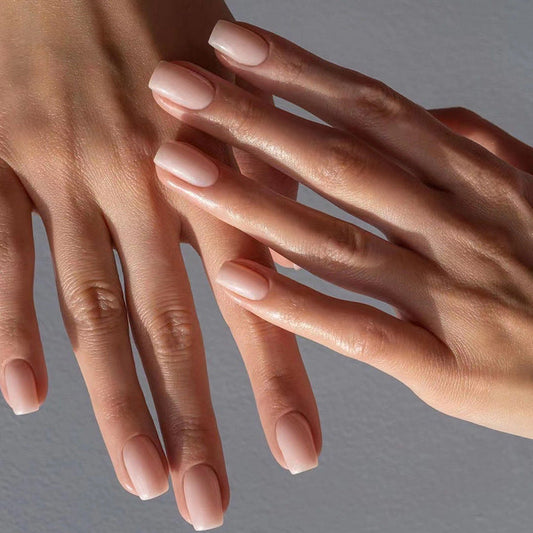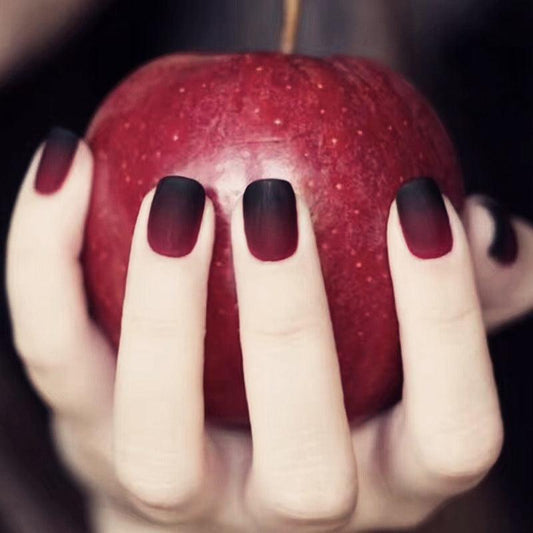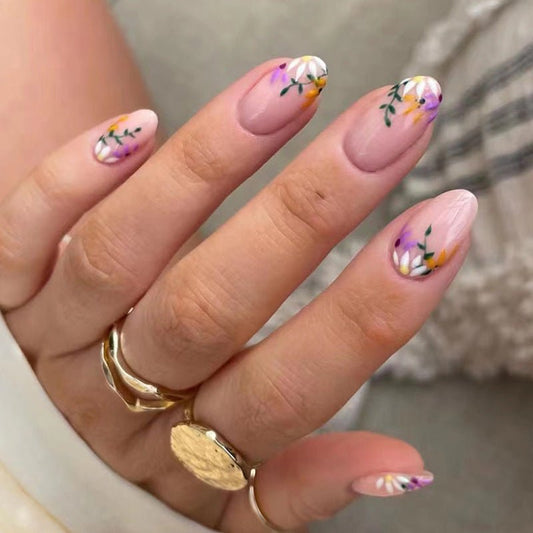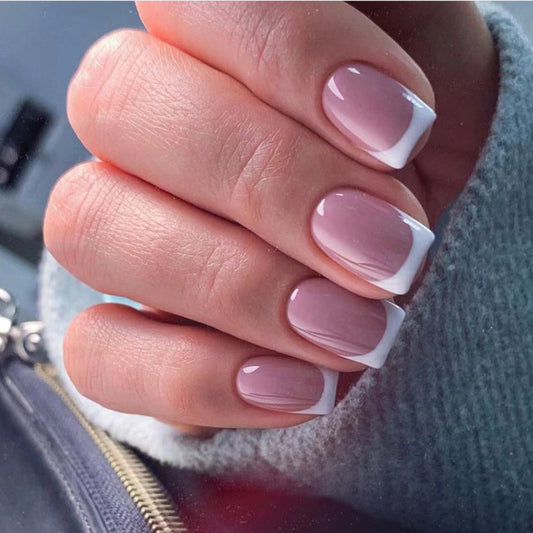What's Behind the Blue? Decoding Fingernail Discoloration
When your fingernails turn blue, it's not just a cosmetic concern. It may indicate an underlying health condition that needs prompt attention. Before you panic and consult Dr. Google, know that not all cases of blue fingernails are serious. Some are harmless and temporary, while others are signs of a medical emergency. Here's what you need to know about blue nails, and how to keep them healthy and beautiful.
1. What causes blue fingernails?
Blue nails, or cyanosis, occur when there's not enough oxygen-rich blood circulating in your body. The blue color is caused by the reflection of light on your veins, which look bluer when they contain deoxygenated blood. The most common causes of blue nails include:
- Cold temperatures
- Smoking
- Raynaud's disease
- Anemia
- Lung or heart problems
- Medications
- Poisoning
- Hypothyroidism
- Blood disorders
2. How to prevent blue nails
The best way to prevent blue nails is to maintain a healthy lifestyle. Here are some tips to keep your nails pink and strong:
- Quit smoking
- Exercise regularly
- Dress warmly in cold weather
- Avoid exposure to toxins and chemicals
- Monitor your medications and supplements
- Eat a balanced diet rich in iron, vitamins, and antioxidants
3. How to treat blue nails
The treatment of blue nails depends on the underlying cause. If your blue nails are due to a minor condition, such as cold exposure or smoking, they may go away on their own once the trigger is removed. If your blue nails are caused by a medical condition, your doctor may prescribe medications, surgery, or other interventions to improve your blood circulation and oxygen levels.
4. How to keep your nails healthy
Regardless of the color, your nails need care to stay healthy and attractive. Here are some tips to keep them in top shape:
- Moisturize your cuticles with oil or cream
- Avoid biting or picking your nails and cuticles
- Use a file, not scissors, to shape your nails
- Don't wear nail polish for too long, as it may weaken your nails
- Use a nail hardener or strengthener if your nails are brittle or thin
In summary, blue nails are not to be taken lightly. If you notice persistent blue discoloration, or other symptoms such as shortness of breath, chest pain, fatigue, or confusion, seek medical attention immediately. Your fingers may be trying to tell you something important, and you don't want to ignore them. So, listen to your nails and take good care of them, and they will reward you with a healthy and lovely appearance.
1. What causes blue fingernails?
Blue nails, or cyanosis, occur when there's not enough oxygen-rich blood circulating in your body. The blue color is caused by the reflection of light on your veins, which look bluer when they contain deoxygenated blood. The most common causes of blue nails include:
- Cold temperatures
- Smoking
- Raynaud's disease
- Anemia
- Lung or heart problems
- Medications
- Poisoning
- Hypothyroidism
- Blood disorders
2. How to prevent blue nails
The best way to prevent blue nails is to maintain a healthy lifestyle. Here are some tips to keep your nails pink and strong:
- Quit smoking
- Exercise regularly
- Dress warmly in cold weather
- Avoid exposure to toxins and chemicals
- Monitor your medications and supplements
- Eat a balanced diet rich in iron, vitamins, and antioxidants
3. How to treat blue nails
The treatment of blue nails depends on the underlying cause. If your blue nails are due to a minor condition, such as cold exposure or smoking, they may go away on their own once the trigger is removed. If your blue nails are caused by a medical condition, your doctor may prescribe medications, surgery, or other interventions to improve your blood circulation and oxygen levels.
4. How to keep your nails healthy
Regardless of the color, your nails need care to stay healthy and attractive. Here are some tips to keep them in top shape:
- Moisturize your cuticles with oil or cream
- Avoid biting or picking your nails and cuticles
- Use a file, not scissors, to shape your nails
- Don't wear nail polish for too long, as it may weaken your nails
- Use a nail hardener or strengthener if your nails are brittle or thin
In summary, blue nails are not to be taken lightly. If you notice persistent blue discoloration, or other symptoms such as shortness of breath, chest pain, fatigue, or confusion, seek medical attention immediately. Your fingers may be trying to tell you something important, and you don't want to ignore them. So, listen to your nails and take good care of them, and they will reward you with a healthy and lovely appearance.


